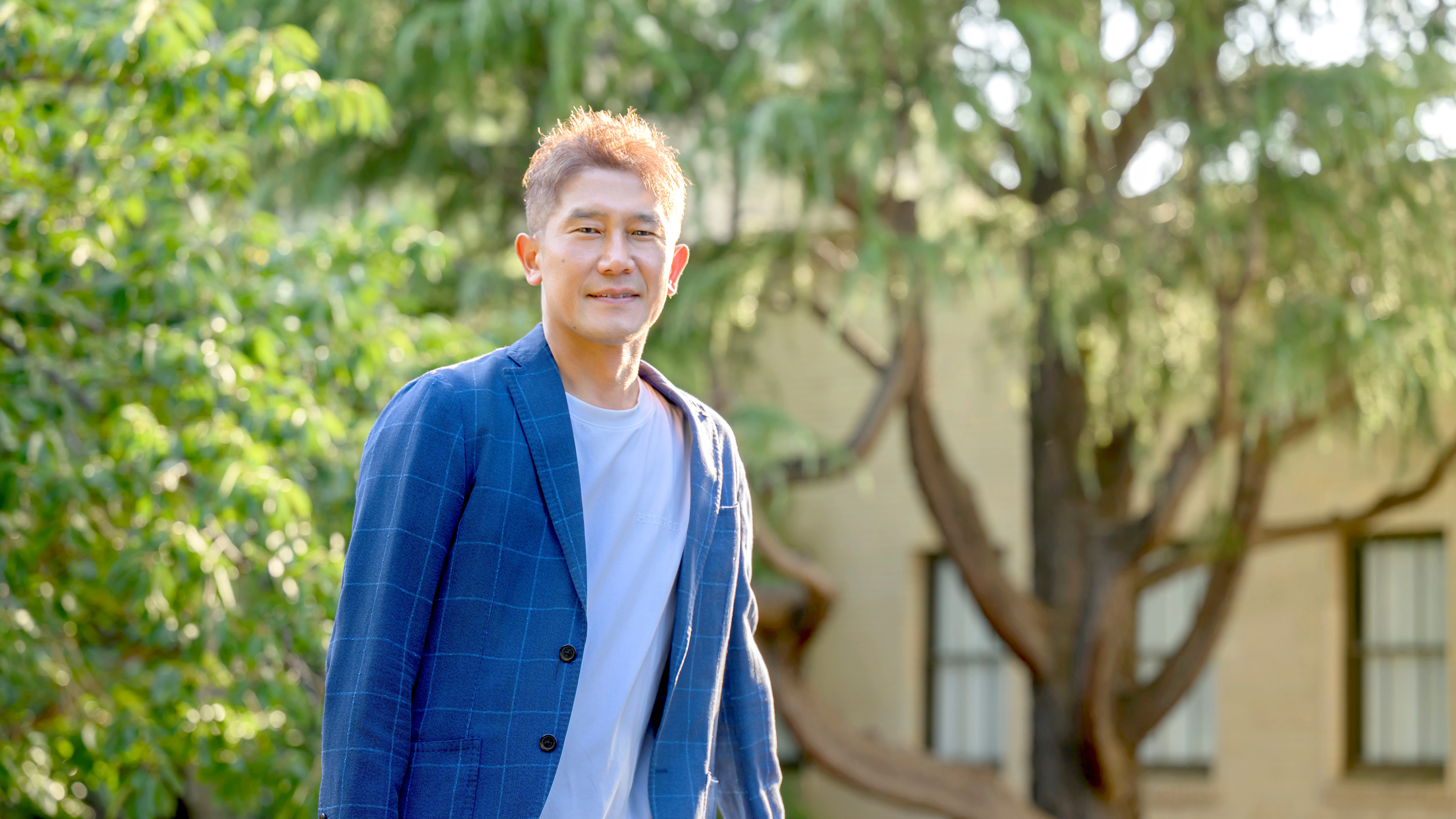
Science Tokyo launched the Visionary Initiatives (VIs) - a cross-disciplinary, integrated research framework - in the 2025 academic year to co-create new value with society while advancing science and human wellbeing. Currently, six VIs are tackling the challenge of shaping the future, with each developing distinct shared visions for societal transformation based on three pillars: "Better Life," "Better Society," and "Better Planet."
In this article, Professor Kei Sakaguchi of the School of Engineering, a Program Director (PD) of the VI Innovative-Life Society-Cyber-physical spaces opening up new areas of life, discusses how connecting cyberspace and the physical world through science and technology can create a brighter society and outlines a roadmap to achieve it.
The future with 5G technology ― and beyond
What does it mean for your research results to be delivered to society?
Sakaguchi Whether research has an impact on society depends on the field and the stage of the research. The value of basic research is not always immediately apparent to the public. However, researchers in fields like telecommunications, which is my field, are always thinking of the applications of research and can often see results translate directly into practical use. I have so far designed communication infrastructure that connects cyberspace (the internet and telecommunications networks), and I am confident that some of my work has already reached society through infrastructure such as 5G.
But this is only the beginning. People may feel they already enjoy the full benefits of 5G, because it enables near real time live streaming on smartphones. In reality, however, we have yet to fully develop "outlets" of 5G. For example, the primary interface for 5G remains the smartphone. Although telecommunications performance has advanced, apps and services that truly leverage 5G and address societal needs have not yet been widely created.






